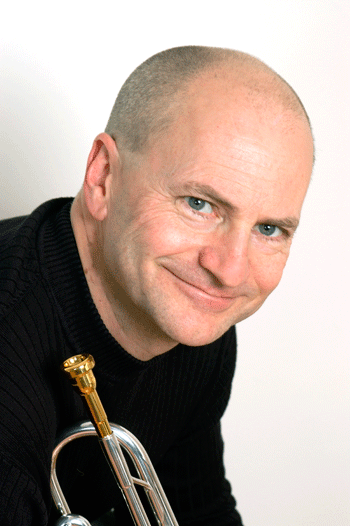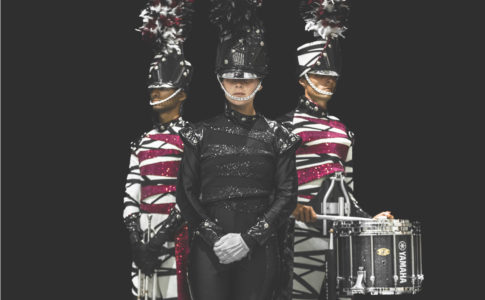Why is it that when you taste something delicious or hear beautiful music, you close your eyes?
When you eliminate visual stimulus, you devote full concentration to your sense of taste or hearing to get maximum benefit from the stimulus (food or music). For a musician, ears are our most vital sense. Yet we often neglect them.
Reading Music
When you read music, visual information is sent to your brain and from there to various parts of your body to operate your instrument. The quality of the resulting sound depends on your ability to play your instrument and on your ability to convert musical notation into music.
Playing by Ear
When you learn or play music by ear, aural information is sent to the brain and from there to your body and the instrument. Again, the quality of the sound is limited by your own abilities; however, the initial sound or stimulus is limited only by what you hear. If you want to sound excellent, listen to excellent music.
When you read music, sound is the last item in the chain of events. When you play by ear, sound occurs at the start and the finish. You have the opportunity to compare your sound with the ideal; this is the perfect approach to learning music.
Memorizing
As human beings, we default to our eyes. (We are amazed at what the blind can accomplish by sensory compensation.) If there is music on the stand, you will stare at it, no matter how well you know the piece.
When practicing, memorize small sections and play with eyes closed. For the best performance, the entire piece should be memorized.
Eliminating input from one sense sharpens the others. When you close your eyes, you open your ears.
As often as possible—every day!—learn something by ear. This can be as simple as trying to figure out a familiar melody one note at a time or as complex as transcribing full scores or jazz solos. Gear the assignment to your own level but give yourself the chance to work from ear to horn, rather than vice versa.
About the Author
Chase Sanborn is a jazz trumpet player based in Canada and the author of “Brass Tactics,” “Jazz Tactics,” “Tuning Tactics” and “Music Business Tactics.” He teaches at the University of Toronto and is a Yamaha Artist. Chase has just released his fifth CD, titled “Double Double.” Visit him on the web at www.chasesanborn.com.


